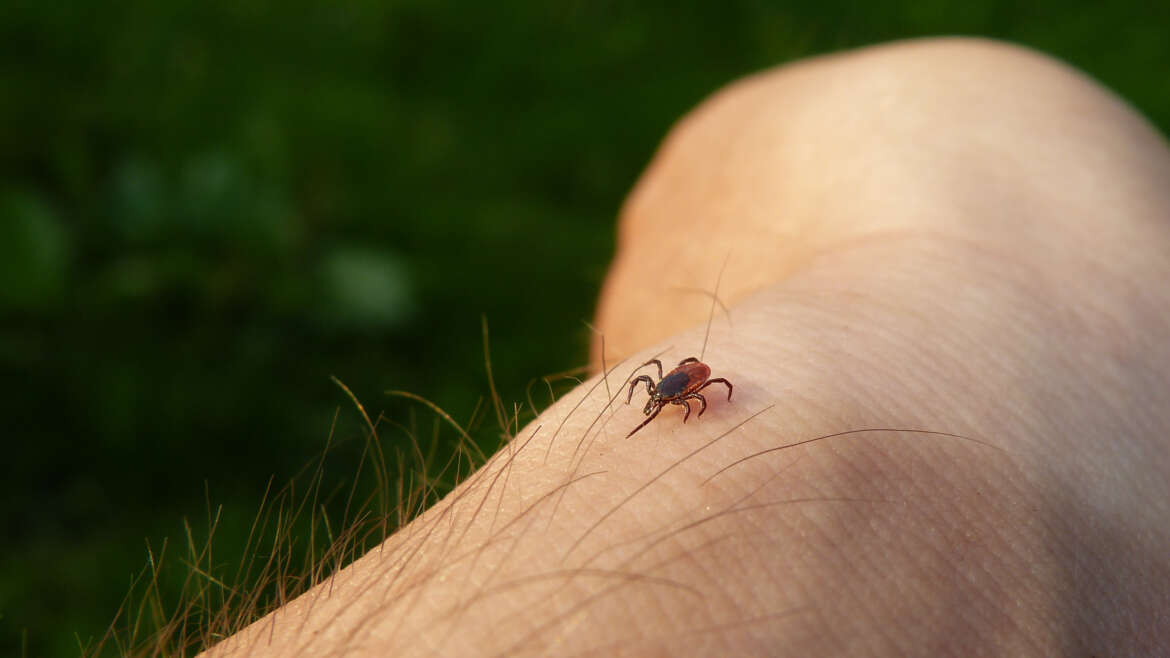4 Fascinating Facts About Ticks You Need to Know
Ticks are small arachnids that belong to the family Ixodida. These tiny creatures are known for their blood-feeding behavior and their ability to transmit various diseases to humans and animals. In this article, we’ll delve into five fascinating facts about ticks that highlight their unique characteristics and importance.
By The Dara Team
1. Arachnid Relatives: Ticks are Arachnids – not insects; they belong to the arachnid class, which means they are closely related to spiders, scorpions, and mites and share eight legs.
2. Complex Life Cycle: Ticks have a complex life cycle that consists of four stages: egg, larva, nymph, and adult. Most ticks require a blood meal at each stage to progress to the next. Ticks can be categorized into two main families based on their life cycle: hard ticks (Ixodidae) and soft ticks (Argasidae). The hard ticks tend to have a longer life cycle with three hosts, while soft ticks can feed multiple times in a single life stage and often have more flexible life cycles.
3. Blood Feeding and Disease Transmission: Ticks are hematophagous, which means they feed on the blood of their hosts. During feeding, ticks attach themselves to their host’s skin using specialized mouthparts and can transmit diseases. Ticks are known vectors of various diseases, including Lyme disease, Rocky Mountain spotted fever, and tick-borne encephalitis.
4. Prevention and Removal: Given their potential to transmit diseases, it’s essential to take precautions to prevent tick bites. When spending time outdoors, especially in wooded or grassy areas, wearing covered clothing and using insect repellents can help reduce the risk of tick exposure. After outdoor activities, thoroughly check your body and clothing for ticks. If you find a tick attached to your skin, it’s important to remove it properly using fine-tipped tweezers, grasping it as close to the skin’s surface as possible.



